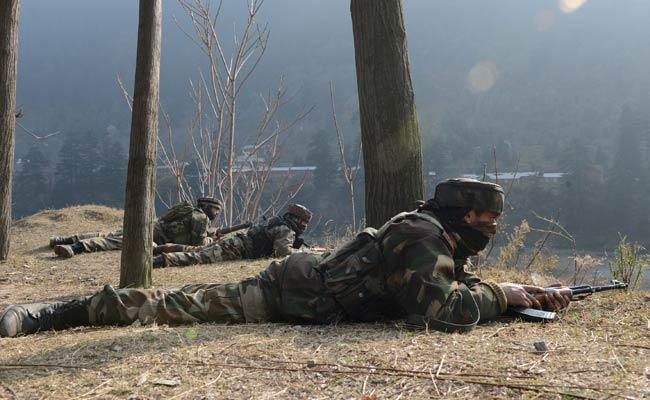India’s ‘eyes in the skies’ gave images for surgical strikes

Chennai: India's eyes in the skies - family of remote sensing or earth observation satellites - is said to have given the necessary images to the armed forces to carry out its surgical strikes on terror camps across the Line of Control (LOC), officials said on Friday.
The officials said the Cartosat series of satellites (Cartosat-2, 2A, 2B and 2C) were being used for strategic purposes and more so the Cartosat 2C whose images have better resolution.
The Cartosat 2C was launched in June 2016.
Informed sources told IANS that Cartosat 2D and 3 will also be used by the armed forces.
While officials at Indian Space Research Organisation (ISRO) were silent on the use of satellites for strategic purposes, they did agree that satellite images are sourced by various agencies including the defence forces.
Sources told IANS that while the earth observation satellites are managed by ISRO, the use of satellite's payload/equipments dedicated for strategic use is decided by the defence forces.
India also has its Risat series of radar imaging reconnaissance satellites that provides all weather images using synthetic aperture radars (SAR).
While the eyes in the skies are earth observation satellites, the hearing power for the defence forces is given by the communication satellites.
The Indian armed forces and in particular the Navy got its own satellite power in GSAT-7/Rukmini, a communication satellite for maritime communication purposes.
India's second dedicated military communication satellite is GSAT-6 while Indian Air Force is also set to get one satellite for its use in the future.
Looking at the overall picture it seems that Indian defence forces will have around six satellites for their use at any given point of time in the near future.
IANS





